In the world of filmmaking, the saying “audio is 50% of the viewing experience” couldn’t be more accurate. While stunning visuals might capture attention, poor audio quality can instantly break audience immersion and diminish the impact of even the most beautifully shot scenes. For filmmakers, especially in growing industries like Nollywood, understanding and choosing the right microphone is crucial for producing professional-quality content that can compete on the global stage.
Why Is Choosing the Right Microphone Important for Filmmaking?
The impact of audio quality on viewer engagement cannot be overstated. Studies show that audiences are more likely to stop watching a video due to poor audio quality than subpar video quality. Professional-grade microphones offer superior sound capture capabilities that consumer-grade equipment simply cannot match. This difference becomes particularly evident in challenging recording environments, where ambient noise, wind, and other interference can compromise dialogue clarity.
Nollywood and independent filmmakers often face unique challenges when it comes to sound recording. Limited budgets, unpredictable shooting locations, and environmental factors like generator noise can make capturing clean audio particularly challenging. However, with the right microphone selection and proper technique, these obstacles can be effectively overcome.
Key Factors to Consider When Choosing a Microphone for Filmmaking
Audio Quality and Frequency Response
High-quality microphones provide balanced frequency response across the entire audible spectrum. This ensures that both low-frequency sounds (like deep voices) and high-frequency details (such as sibilance and ambient details) are captured accurately. Professional microphones typically offer a frequency response range of 20Hz to 20kHz, though specific models may be optimized for different purposes.
Pickup Patterns (Polar Patterns) and Their Effects
Understanding microphone pickup patterns is essential for achieving optimal sound quality in different filming scenarios. Omnidirectional microphones capture sound from all directions, making them ideal for recording ambient sound or multiple speakers in controlled environments. Cardioid patterns focus on sound from the front while reducing background noise, perfect for dialogue recording in noisy locations.
Supercardioid and hypercardioid patterns offer even more focused directional pickup, essential for isolating specific sound sources in challenging environments. Bidirectional (Figure-8) patterns capture sound from both front and back while rejecting side noise, making them excellent choices for interview situations.
Powering Options for Microphones
Modern professional microphones typically require power in one of two ways. Battery-powered microphones offer portability and convenience but may need frequent battery changes. Phantom-powered microphones, which receive 48V power from audio recorders or mixing boards, provide consistent performance but require compatible equipment.
Dynamic microphones, which don’t require external power, are more rugged and suitable for loud sound sources. Condenser microphones, while requiring power, offer superior sensitivity and detail, making them ideal for dialogue and subtle sound capture.
Portability and Durability
For Nollywood filmmakers frequently shooting on location, portability and durability are crucial considerations. Wireless systems offer mobility but may be susceptible to interference. Wired microphones provide reliable performance but require careful cable management. The best choice often depends on specific shooting conditions and requirements.
Types of Microphones for Filmmakers and Their Specific Uses
1. Shotgun Microphones
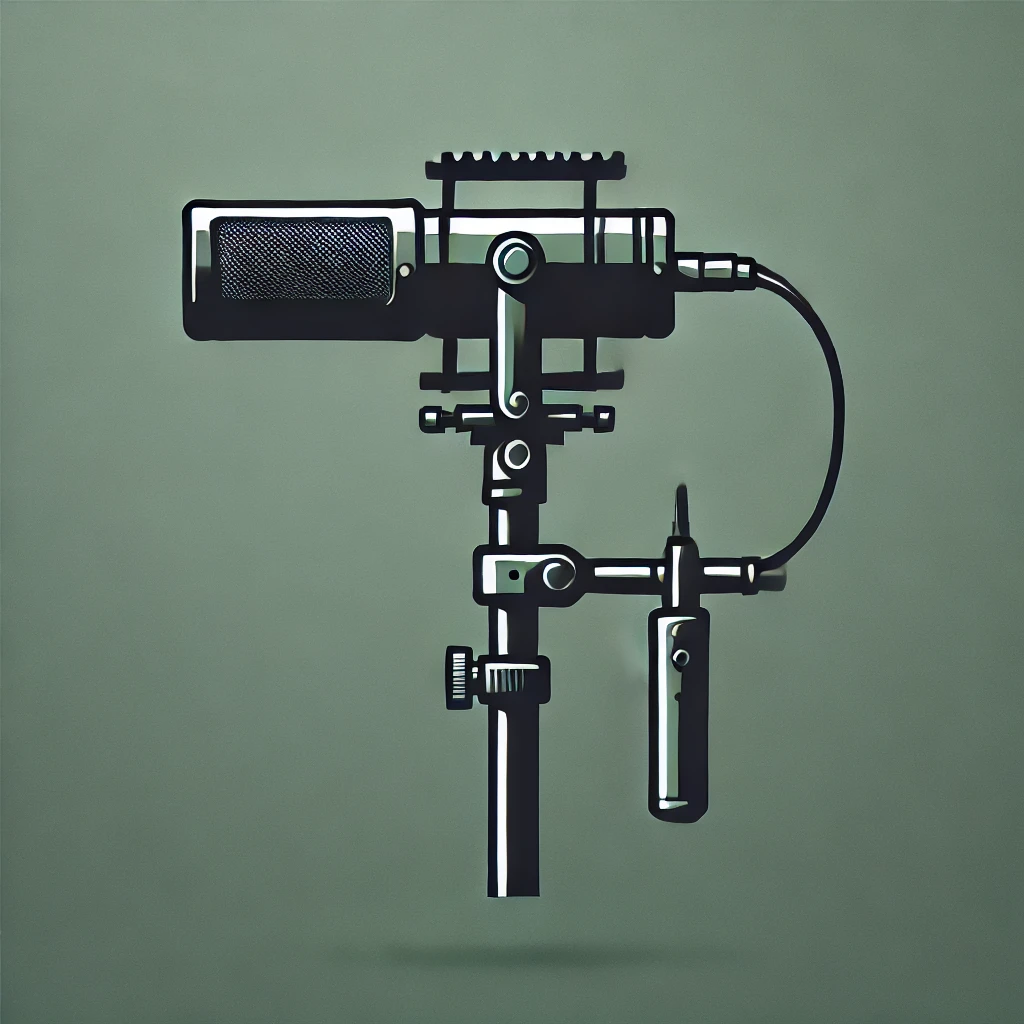
Shotgun microphones are the workhorses of film audio recording. These highly directional microphones use interference tubes to capture sound from a focused area while rejecting off-axis noise. Popular in Nollywood productions, shotgun microphones like the Rode NTG3 and Sennheiser MKH 416 have become industry standards.
When mounted on a boom pole or camera, shotgun microphones excel at capturing clear dialogue while maintaining a natural room sound. Budget-friendly options like the Rode VideoMic Pro provide excellent quality for independent productions, while professional models offer superior noise rejection and durability.
2. Lavalier (Lapel) Microphones
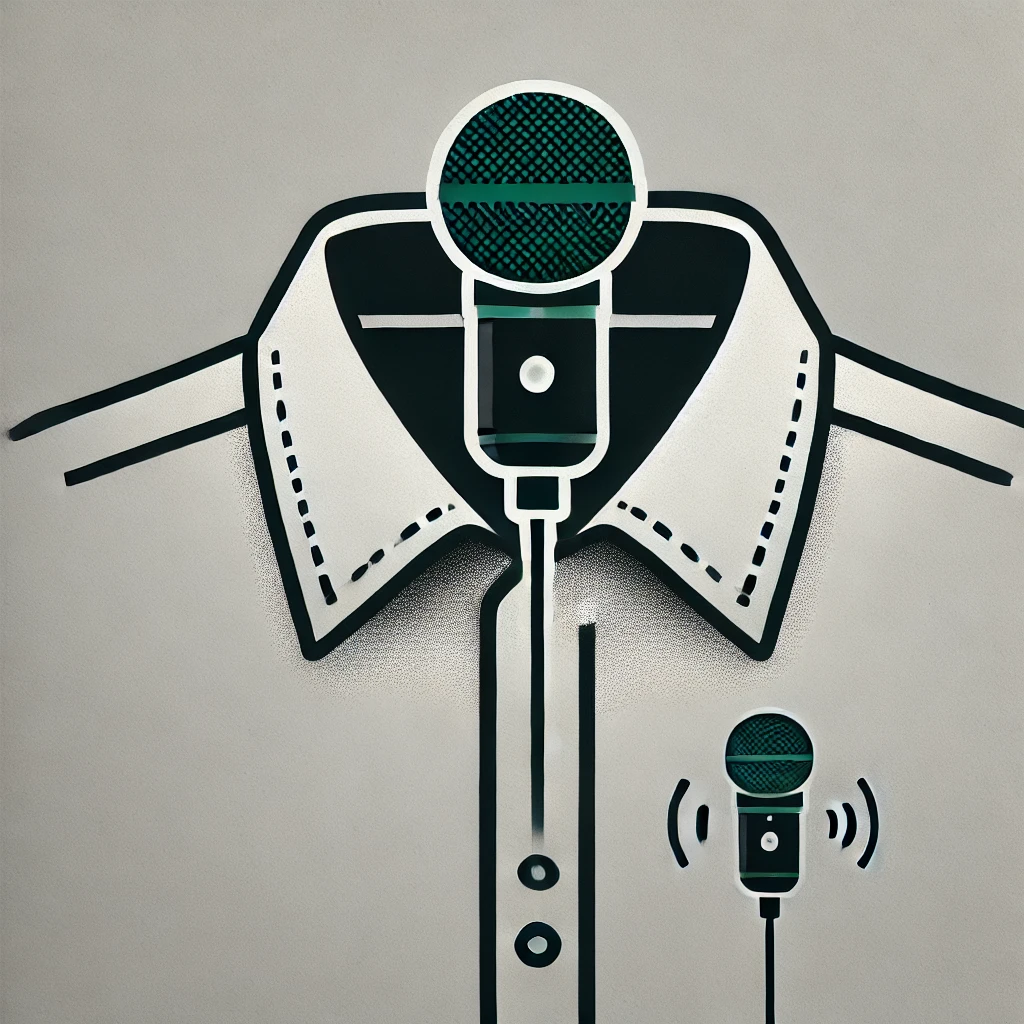
Lavalier microphones have revolutionized dialogue recording in film production. These small, discreet microphones can be hidden in actors’ clothing, providing consistent audio levels even when subjects move. Wireless lavalier systems offer freedom of movement but require careful frequency coordination to avoid interference.
Popular choices include the Sennheiser G4 series for professional productions and the Rode Wireless GO for budget-conscious filmmakers. When properly placed and protected from clothing rustle, lavalier microphones deliver intimate, clear dialogue recording.
3. Handheld Microphones
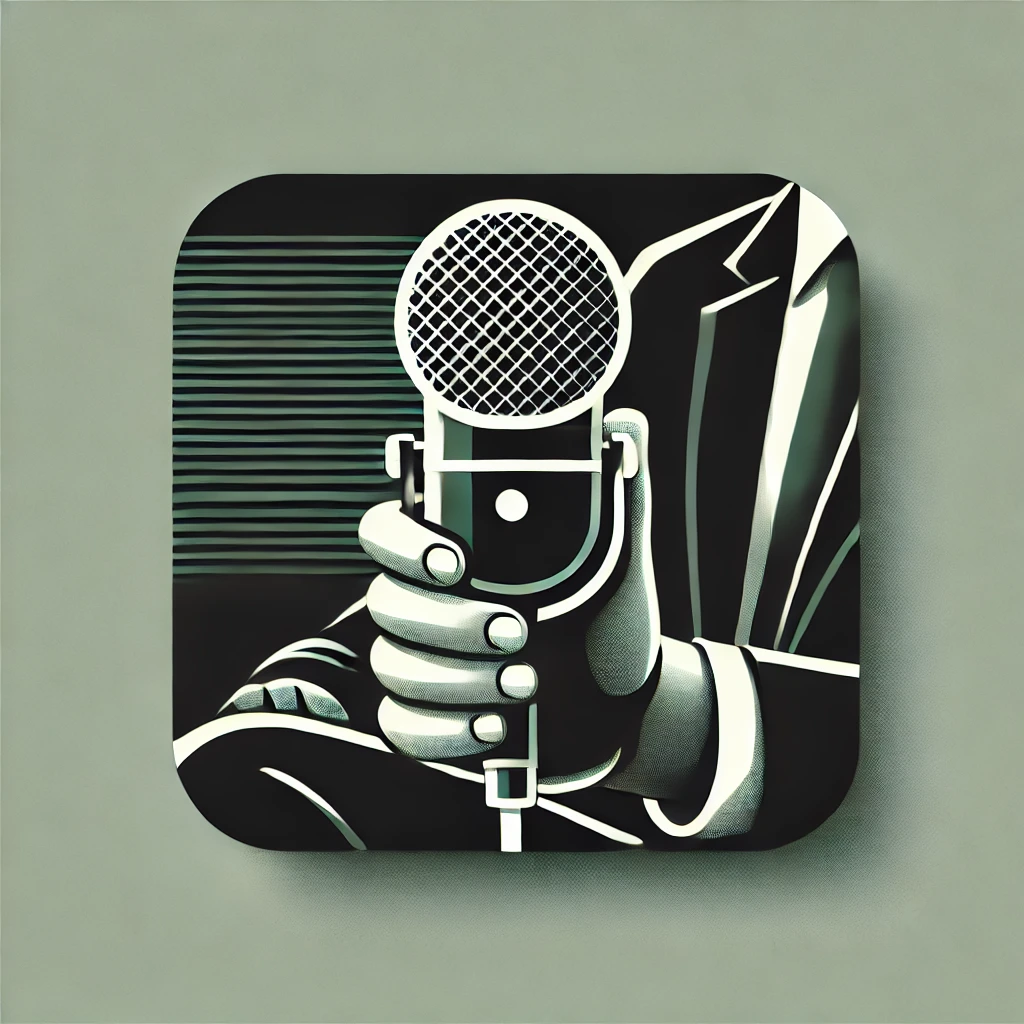
Handheld microphones serve a specific purpose in filmmaking, particularly for documentary-style productions and interviews. These robust, typically dynamic microphones excel in situations requiring immediate, up-close audio capture. Models like the Shure SM58 and Sennheiser MD 46 have become industry standards for their reliability and clear sound reproduction.
While not typically used in narrative filmmaking, handheld microphones are invaluable for behind-the-scenes content, street interviews, and reality-style productions. Their durability and ability to handle high sound pressure levels make them ideal for challenging recording environments common in Nollywood productions.
4. Boundary (PZM) Microphones
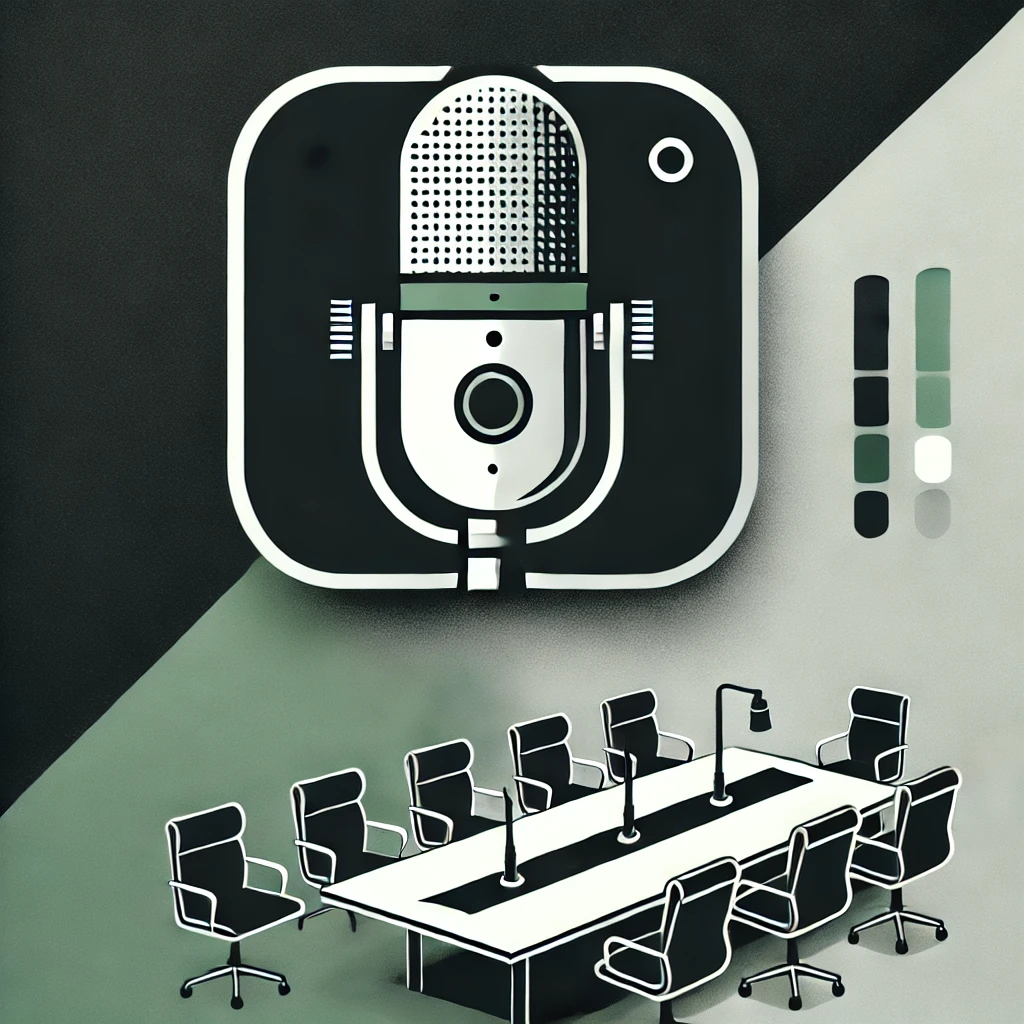
Boundary microphones, also known as Pressure Zone Microphones (PZM), offer unique capabilities for specific filming scenarios. These flat-profile microphones use a mounting surface to enhance sound capture, making them excellent choices for recording dialogue in large spaces or capturing table discussions.
In theatrical productions or courtroom scenes, boundary microphones can be discretely placed on set pieces to capture natural-sounding dialogue from multiple speakers. Models like the Crown PZM-30D have become popular choices for their ability to capture clear audio while remaining virtually invisible in the frame.
5. Parabolic Microphones
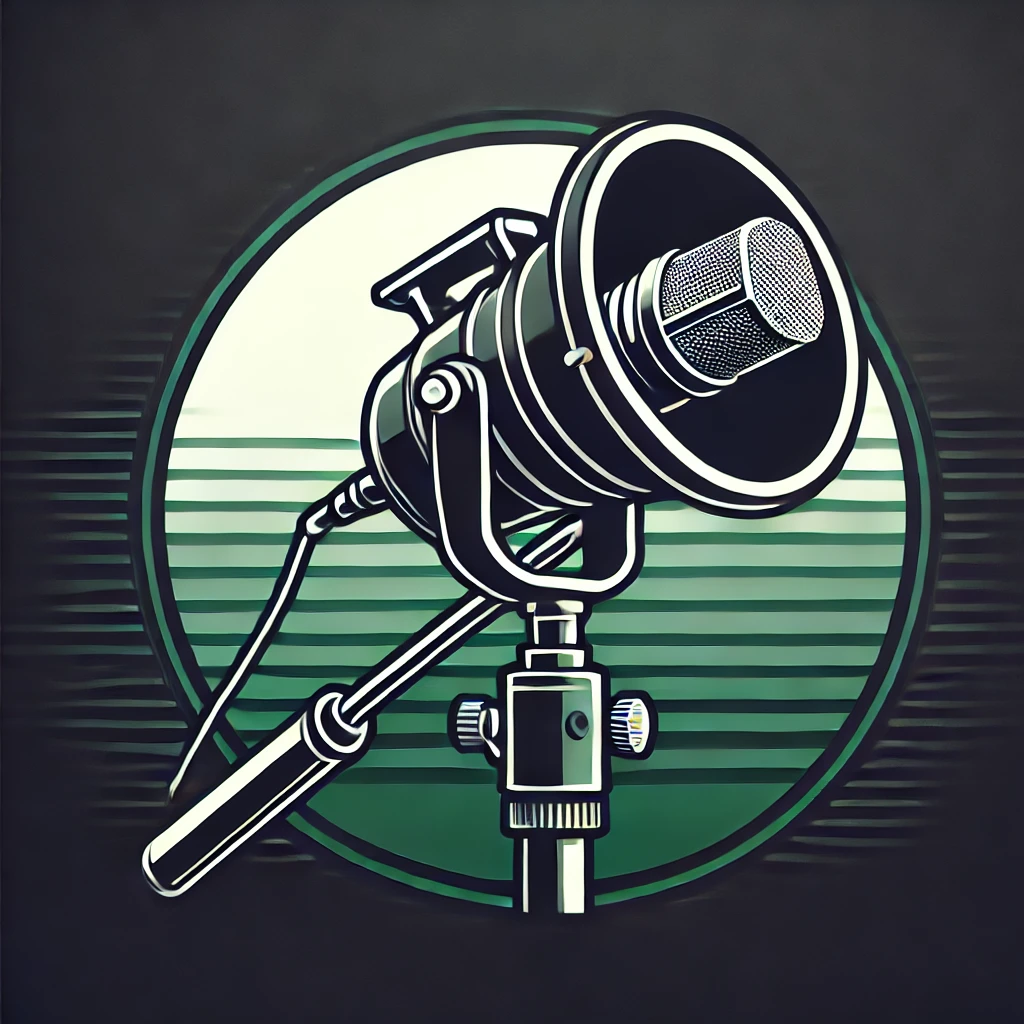
Parabolic microphones represent specialized tools in the filmmaker’s audio arsenal. Using a parabolic reflector to focus sound waves, these microphones can capture audio from considerable distances. While primarily used in wildlife documentaries and sports broadcasting, they can also serve unique purposes in narrative filmmaking.
The ability to capture clean dialogue from a distance makes parabolic microphones valuable for wide shots where traditional boom microphones would be visible. However, their specialized nature and higher cost mean they’re typically reserved for specific production requirements.
6. Stereo Microphones
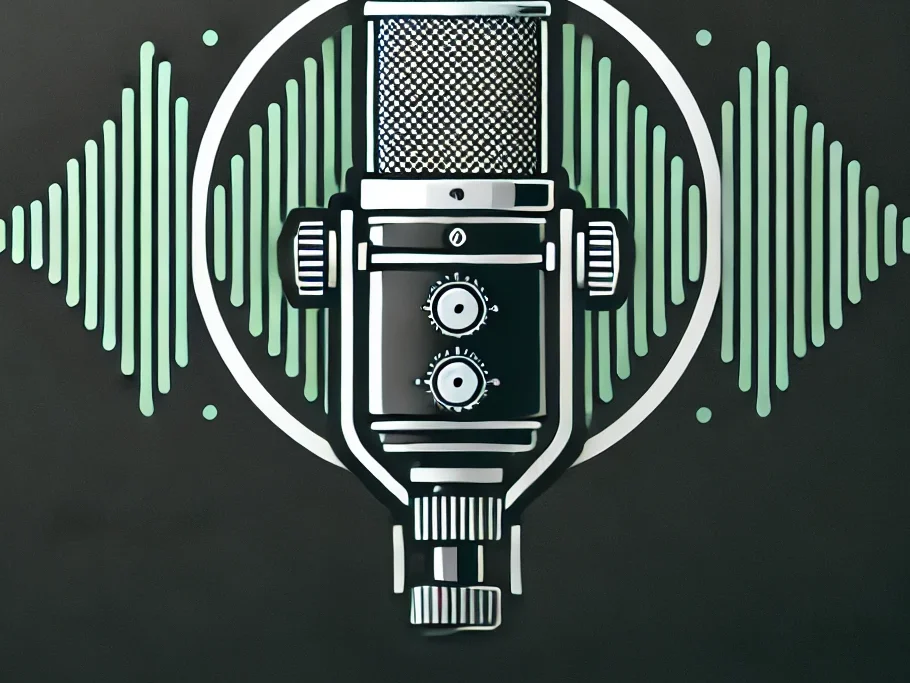
Stereo microphones play a crucial role in creating immersive soundscapes for film productions. By capturing audio with spatial information intact, these microphones help establish a sense of place and movement in the final mix. Popular models like the Rode NT4 and Sennheiser MKH 8040 offer different stereo recording techniques suitable for various filming scenarios.
How to Use Different Microphones in Filmmaking
Setting Up a Shotgun Microphone on a Boom Pole
Proper boom operation requires both technique and equipment. The microphone should be positioned above the speaking actor, angled down toward their mouth, and kept just out of frame. Using a quality shock mount helps eliminate handling noise, while proper cable management prevents unwanted movement sounds.
For outdoor shooting, comprehensive wind protection is essential. A combination of foam windscreen and furry wind cover (“dead cat”) can effectively combat wind noise while maintaining audio clarity.
Placing and Hiding Lavalier Microphones
Successful lavalier microphone placement requires attention to detail. The microphone should be secured approximately six inches below the talent’s chin, either using medical tape or specialized mounting accessories. Clothing rustle can be minimized by creating a small loop in the cable near the microphone and using moleskin or other soft materials to isolate the capsule from fabric movement.
Recording Interviews with Handheld Microphones
When conducting interviews, proper microphone technique is crucial. Hold the microphone at a 45-degree angle, approximately 6-8 inches from the subject’s mouth. For outdoor interviews, use appropriate windscreens and monitor audio levels carefully to account for varying speaking volumes.
Capturing Ambient Sound with Stereo Microphones
Recording quality ambient sound requires careful microphone placement and timing. Choose locations that represent the scene’s environment while avoiding unwanted noise sources. Record at least 30 seconds of clean ambient sound for each location to provide flexibility in post-production.
Microphone Accessories That Improve Audio Quality
Quality accessories can significantly enhance recording results. Essential items include:
- Professional boom poles with internal cable routing
- Shock mounts designed for specific microphone models
- Various windscreen solutions for different environmental conditions
- High-quality XLR cables and connectors
- Professional portable audio recorders
- Wireless systems with reliable range and battery life
Common Audio Mistakes Filmmakers Make and How to Avoid Them
Many common audio issues can be prevented through proper planning and technique:
- Always monitor audio through quality headphones during recording
- Record room tone for each location
- Use backup recording systems for critical scenes
- Regularly check and maintain equipment
- Consider acoustic properties of filming locations
Best Microphones for Nollywood Filmmakers
For Nollywood productions, selecting equipment that balances quality with reliability is crucial. Recommended options include:
Budget-Friendly Options:
- Rode NTG2 Shotgun Microphone
- Zoom H4n Pro Audio Recorder
- Rode Wireless GO System
Professional Options:
- Sennheiser MKH 416 Shotgun Microphone
- Sound Devices MixPre-6 II Recorder
- Lectrosonics Wireless Systems
The Future of Audio Recording in Filmmaking
The future of film audio recording looks promising with developments in:
- Advanced digital wireless systems
- AI-powered noise reduction
- Compact, high-quality recording solutions
- Improved battery technology
- Integration with smartphone monitoring systems
Conclusion
Selecting and properly using the right microphone is crucial for professional film production. As Nollywood continues to grow and compete globally, investing in quality audio equipment and developing proper recording techniques becomes increasingly important. Remember that great audio isn’t just about having the right equipment – it’s about understanding how to use it effectively in various filming situations.
By following the guidelines and recommendations in this article, filmmakers can significantly improve their production value through better audio quality. Whether working on independent projects or major productions, the principles of good audio recording remain the same: use the right tool for the job, maintain proper technique, and always monitor your recordings.
FAQ:
Q1: What is the best microphone for filmmaking?
There’s no single “best” microphone for all scenarios; it depends on the type of film, environment, and budget. A shotgun microphone is typically ideal for on-set dialogue, while lavalier (lapel) mics are great for interviews and documentaries. Stereo mics might be perfect for capturing ambient sound. Choose based on your specific needs.
Q2: How do I reduce background noise in my recordings?
Use a microphone with a suitable polar pattern (like supercardioid or hypercardioid) to focus on your sound source and reject unwanted noise. Also, record in a controlled environment whenever possible. Windshields, “dead cats,” and proper microphone placement can further cut down on ambient noise. Finally, employ noise reduction tools in post-production to clean up any remaining interference.
Q3: Can I use a smartphone microphone for filmmaking?
While smartphone mics have improved, they typically can’t match the quality or versatility of dedicated external microphones. However, for very low-budget or guerrilla-style projects, a smartphone mic with an external adapter can be a viable option. To get more professional results, invest in a shotgun, lavalier, or handheld microphone paired with a reliable audio recorder.
Q4: Do I really need an external audio recorder if my camera has a mic input?
While many cameras offer a mic input, built-in preamps may introduce hiss or lack the dynamic range you’d get with a dedicated recorder. An external audio recorder with quality preamps often delivers higher fidelity and more control over audio settings, which can be critical for professional film projects.
Q5: Why do some Nollywood films have poor audio quality, and how can I fix it?
Common issues include using in-camera mics, lack of proper boom operation, or insufficient post-production sound editing. To improve, use dedicated microphones (shotgun or lavalier) on set, monitor audio live through headphones, record in quieter environments, and invest time in sound design and editing. Many Nollywood filmmakers are now prioritizing audio as much as visuals.















Leave a comment